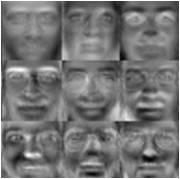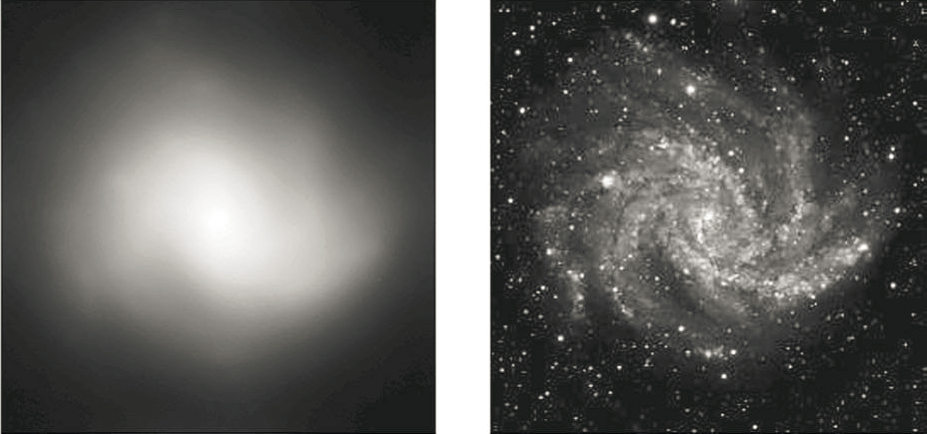The research group in numerical methods for computational and data science merges together analytical approaches and numerical techniques to address the solution of optimization problems arising in real-world applications.
Specific fields are:
Nonsmooth and nonconvex optimization
- Optimization and big data
- First order methods
- High performance computing
Numerical methods for image processing and machine learning
- Imaging and inverse problems
- Machine learning techniques
- Applications in medicine, engineering and astronomy
Staff researchers:
Silvia Bonettini, Federica Porta, Giorgia Franchini, Marco Prato, Simone Rebegoldi , Luca Zanni

Optimization problems occur in a large variety of applications in which the desired target is related to some measured data by means of a given model.
Fast and robust numerical optimization methods are increasingly required due to the huge size of the data to be handled nowadays in real-world problems in medicine, computer science and engineering.
The optimization tools we mainly investigate are first-order methods, thanks to their capability of providing a medium accuracy solution with a limited storage requirement and a low computational cost per iteration.
Further speed-ups in the computation are also achieved by implementations of the optimization method on suitable parallel architectures.

Inverse problems occurs when one wants to retrieve information of unknown quantities by indirect observations. Typical pathologies affecting these problems are non-existence / non-uniqueness of solutions and numerical instability. The general way to recover a usable and meaningful approximation of the unknown object is by means of regularization methods, which exploit a priori information on the features characterizing the object itself.
A classic example of inverse problem is the image deconvolution, in which the measured image is a corrupted version of the real distribution due to the finiteness of the acquisition system and the presence of statistical noise on the data.